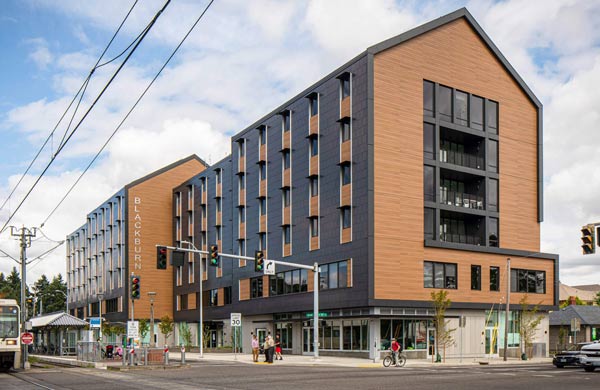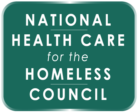Primary audience: HCH-only health center staff

The 25% Rule
Among the 300 health centers that receive Health Care for the Homeless (HCH) funding, 45 receive only that designation from HRSA, meaning people experiencing homelessness are their sole target population.
But people who move in and out of homelessness, and many others may not technically meet the definition of homelessness but still live in desperate situations of poverty and oppression who would benefit from HCH services. HRSA recognizes this through the “25% rule,” which permits standalone HCH health centers to serve stably housed patients so long as they
do not exceed 25% of their overall patient population (the same applies to other special-populations-only health centers). Why does this matter?
Why it matters
- This exemption allows HCH standalones the flexibility to serve people enduring poverty who may not meet the definition of homelessness such that scarcely anyone is ever turned away when they present for services.
- If more than 25% of HCH standalone patients are stably housed, HRSA will assign Community Health Center(330e) designation to their program, which removes their eligibility for the patient-majority Board waiver and obligates them to serve a broader population
Related considerations:
- People can be considered HCH patients, meaning HCH funding can be used to serve them, for up to twelve months after becoming stably housed.
- But there is an exception for residents of Permanent Supportive Housing (PSH), which “usually is in service-rich environments, does not have time limits, and may be restricted to people with some type of disabling condition.” (2021 UDS manual, p. 42) While technically stable housing in that it is permanent, residents of such programs are considered HCH patients indefinitely. Council staff refers to this as the 12-month rule. (See the council’s 2012 statement clarifying the rule).
- The 12-month rule affects the 25% rule in that PSH residents do not count against the threshold of non-homeless patients.
- Note that residents of PSH are not considered homeless by HUD, which may affect eligibility for other services. (See our infographic on the different definitions of homelessness).
What we know
The HCH Helpdesk has received multiple inquiries lately searching for documentation of the 25% rule. In case it is helpful for others, here is what we know: the best source material we have found resides in PIN 2009-05, Policy for special Populations-Only Grantees Requesting a Change in Scope to Add a New Target Population. Page 3 implies the 25% rule:
In addition to those types of change in scope requests that are considered significant (i.e., add/delete/relocate a site or add/delete a service), a special populations-only health center must request prior approval from RSA to expand its current scope of the project to include a new population beyond that for which funding was awarded (e.g., more than 25 percent of the health center’s patient population is/will not be part of the defined target population).
For example, a migrant health center funded under section 330(g) is experiencing a significant increase in demand for services at its existing sites from the general underserved population in its service area, resulting in approximately 30 percent of the health center’s current patients being from the general population.
In this case, since the new population being served is not consistent with that for which section 330 funding was awarded and represents more than 25 percent of the health center’s current patients, the health center is required to request prior approval from HRSA, in accordance with this PIN, to add the new target population (i.e., the general population) to its approved scope of the project.

